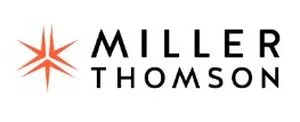Although high heeled shoes can certainly look great, wearing them for a long period of time can cause pain and discomfort, as many women know. For employers, particularly in certain industries such as the hospitality industry, this is an issue that shouldn't be overlooked.
According to workplace studies, high proportions of women working in the restaurant industry report that they have tripped, slipped, or fallen while at work, with many of them reporting that they have suffered injuries because of falls while wearing high heels. It is important for employers to consider the health and safety ramifications of high heels in their workplaces, and to seek legal advice where appropriate in respect of applicable occupational health and safety legislation.
However, discomfort and workplace safety are not the only potential problems facing employers. Though rarely express and in writing, some workplaces may implement policies which require high heels. Such policies may raise issues relating to human rights legislation. The British Columbia Human Rights Tribunal noted in a 2010 decision that different treatment and expectations of male and female employees, including sexually-based dress code requirements, if proven, may expose an employer to a claim of discrimination.
There can be no question that appearance and presentation of employees can be a legitimate and important part of an employer's business operations. The Alberta Human Rights Commission, for example, has stated in a 2013 information sheet that an employer has "the right to establish the appearance, grooming, and dress standards that they believe are necessary for the safe or effective conduct of their business". But there are limits on these rights, and potential pitfalls, which may warrant consultation with legal counsel.
The content of this article is intended to provide a general guide to the subject matter. Specialist advice should be sought about your specific circumstances.



